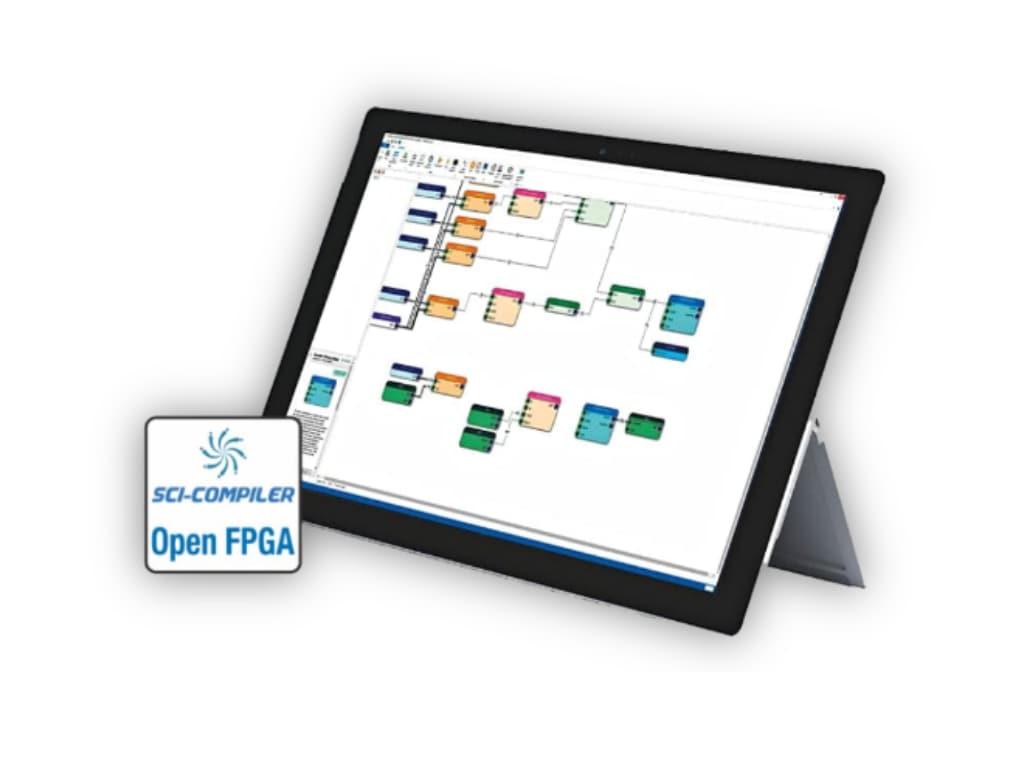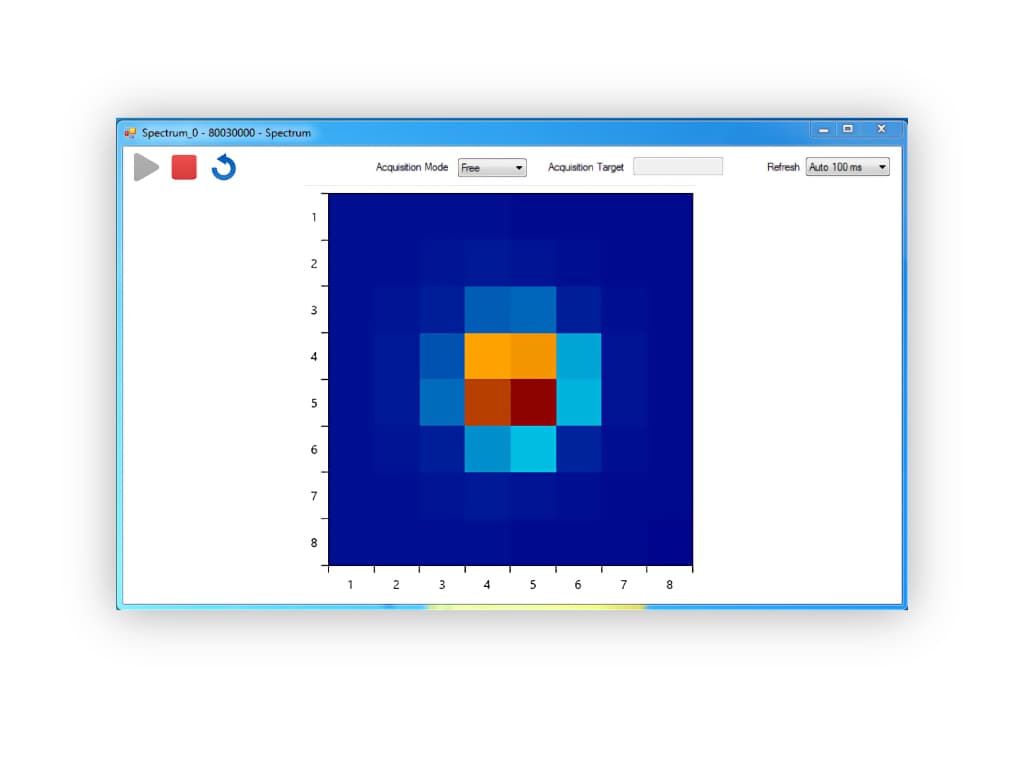AN007 - Usage of the oscilloscope module to monitor signal inside design
Introduction The Oscilloscope component in Sci-Compiler provides a powerful tool for monitoring analog signals connected to the analog inputs of the b...
Introduction The Oscilloscope component in Sci-Compiler provides a powerful tool for monitoring analog signals connected to the analog inputs of the b...
Introduction Trigger in the context of nuclear physics applications refers to a signal or event that initiates data acquisition and recording processe...
Introduction Digital charge integration, also known as QDC (charge-to-digital conversion), is a technique used to measure the energy of particles or p...
Introduction Time tagging of events in a high-energy detector system refers to the process of accurately measuring and recording the timing informatio...
Introduction This application note explain how to design a firmware that can work with all Sci-Compiler FPGA compatible models that allows to use the...
Horizontal Interconnections This document explains how to use the FLAG signals and fast horizontal link between DAQ. Each DAQ is directly connected to...
Introduction SciCompiler’s advanced architecture allows hierarchical designs in multichannel application. This powerful feature enables designer...
This application note will demonstrate how to use the hardware Gate and Delay of the x2495 board to shape a digital signal introducing a programmable...
This code example for Sci-Compiler demostrate how to use the new Oscilloscope Dual component to digitize waveforms from 32 channel with a memory depth...
Sci-Compiler allows to easy implement FIFO communication to transfer formatted data, like list of energy, timecode, channels from FPGA to user compute...
This application note will show how to support a scientific application with an FPGA firmware, consisting of a signal discriminator with an arbitrary...
The digitizer block in Sci-Compiler works as a programmable size FIFO to store waveform. It is possible to define, compiling time, the maximum number...
This application notes explains how to synchronize multiple R5560/R5560SE to extend the number of input channels sampled simultaneously. This document...

Sci(entific)-Compiler is a Nuclear Instruments software designed to accelerate the implementation of...
Read More +
A very simple and inexpensive way to make an incident radiation 2D profile (like a beam profile) is...
Read More +